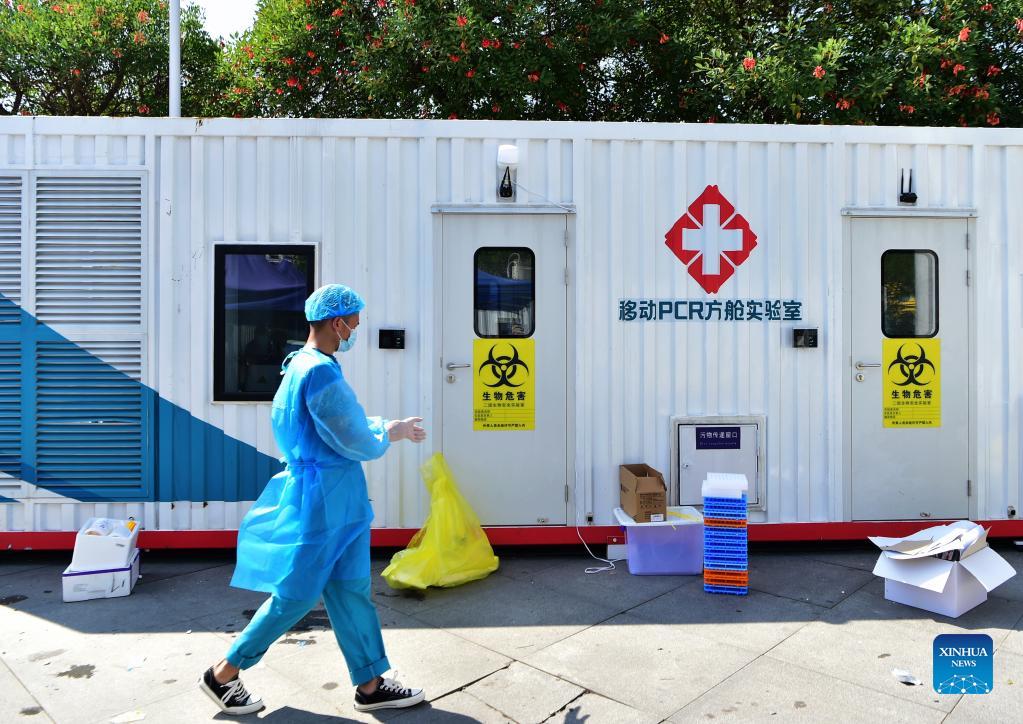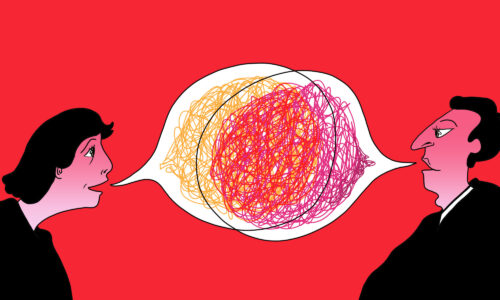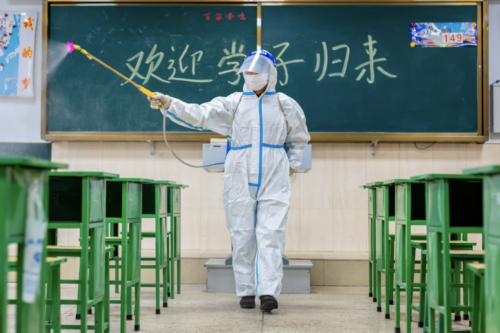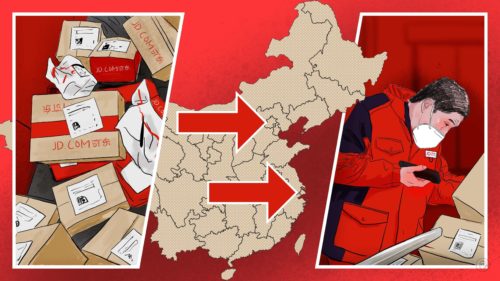China’s Fujian Province battles Delta flare-up as vaccine rollout approaches 80% goal
Also: Will China pivot to mRNA vaccines?

For the third time this year, Chinese authorities are taking swift measures to try to stamp out a flare-up of the Delta variant. The highly transmissible strain of COVID-19 has already tested China’s zero tolerance virus policy twice, in Guangzhou in June and in Nanjing — and dozens of other cities — in late July through most of August.
This time, Fujian has reported over 100 COVID-19 cases in just four days. Three cities of the southeastern province, including the tourist-friendly Xiamen, have recorded local virus transmissions since September 10, per Reuters.
- The virus appeared to sneak in via a “local man who had recently traveled to Singapore,” according to authorities in the city of Putian, per Caixin — despite the man having “tested negative three times” during his 14-day quarantine.
- The virus then went undetected for 10 days, spreading largely through schools — at least 18 elementary schoolers in Putian have contracted the virus, The Paper reported (in Chinese).
- Xiamen is now testing all city residents, Xinhua reports, while all “colleges, primary and high schools, and vocational schools will have to move their courses online” and kindergartens will suspend operations.
Officials are discouraging travel for the upcoming national holidays of the Mid-Autumn Festival (September 19–21) and the National Day “Golden Week” (October 1–7).
- The Civil Aviation Administration of China advised against overseas holiday travel, Bloomberg reports, due to “coronavirus outbreaks overseas and the low volume of international flights.”
- Some Chinese cities, including in Hunan Province and Inner Mongolia (links in Chinese), are advising their residents to “stay local for the holidays” (就地过节 jiùdì guòjié), citing “spillover risk” from Fujian.
- The city of Beijing called on residents to complete their vaccinations before traveling for the holidays, and indicated that they may need to quarantine and be tested upon return.
Vaccine rollout is on track…
China is approaching its initial goal for its domestic vaccination campaign: 80% coverage by year-end.
- About 2.15 billion doses have been administered in China so far.
- This means around 69% of the population is fully vaccinated, and as much as 78.5% of the population might have received at least one dose, according to Bloomberg’s vaccine tracker.
…but will China pivot to mRNA?
The vast majority of those doses came from two companies, Sinopharm and Sinovac, which both used a more traditional vaccine technology — inactivated virus — in their shots.
- These shots “were less effective than other vaccines” such as those made by AstraZeneca, Pfizer-BioNTech, and Sputnik, but “still offered valuable protection against severe illness or death,” according to real-world studies of large-scale vaccine campaigns in Bahrain, Brazil, and Chile, the South China Morning Post reports.
Some countries are now shifting away from Chinese vaccines as a result.
- Brazil has rejected an additional purchase of 30 million Sinovac doses beyond its initial 100 million shots, considered an option as recently as a month ago, the Wall Street Journal reports.
- Peru and other South American countries have also gradually shifted away from Chinese vaccines since their early rollouts, the WSJ says, with wider availability of U.S.-made vaccines and less demand for Chinese vaccines having “upended plans for local production of the [Sinovac] vaccine.”
- South Africa has “not accepted” its allocation of 2.5 million Sinovac doses, the SCMP says, with health authorities “citing insufficient information on efficacy against the Delta variant and in populations with HIV.”
- Nigeria approved the Sinopharm shot, but said that its 8 million dose allocation was “only a ‘potential’ option for inoculating its population,” per the SCMP.
Chinese health officials and pharma companies have shown openness to mRNA technology — the newest and most effective vaccine technology used in Pfizer and Moderna’s shots — even if Chinese propagandists are prickly about being seen as having promoted a second-best product in “vaccine diplomacy.”
- China’s CDC director said in April that he worried about the “not high” efficacy of inactivated virus vaccines, and praised mRNA vaccines, but after intense media scrutiny and nationalist backlash, he denied that he had been “admitting” to a low effectiveness of Chinese vaccines.
- “At least four potential mRNA COVID shots are already being tested in China,” Reuters reports, “including three domestically developed candidates and one from BioNTech and its local partner Shanghai Fosun Pharmaceutical Groups.”
- One of the most promising homegrown shots comes from biotech startup Abogen Biosciences, but its timeline for approval is uncertain.
- Everest Medicines, a Chinese biopharma firm, announced yesterday that it had made a $500 million deal to license an mRNA COVID-19 vaccine from Canada’s Providence Therapeutics Holdings, per Bloomberg.
- The shot is still undergoing trials, but it is similar to Pfizer and Moderna’s, and the CEO of Everest told Bloomberg that he hopes it will eventually be “used as a booster shot in China given most of the population has been vaccinated.”
Correction: An earlier version of this article referred to Xiamen as the capital of Fujian Province. The capital is Fuzhou, not Xiamen.






